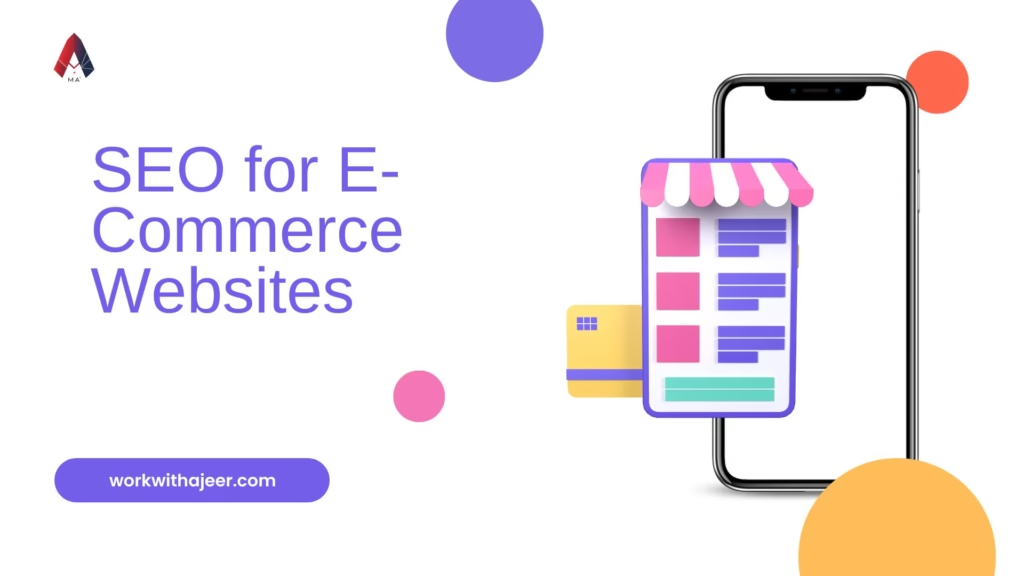In e-commerce, visibility is everything. If your store doesn’t show up when shoppers search for what you sell, you’re invisible—and invisible doesn’t sell. That’s where comes in SEO for E-Commerce isn’t just about rankings. It’s about getting your products in front of the right people, at the right time, with the right intent to buy. Done right, SEO drives qualified traffic, boosts conversions, and builds long-term brand equity—without burning cash on ads.For online retailers, SEO is more than a marketing channel. It’s a growth engine. This guide breaks down exactly how to build and scale that engine—from technical foundations to keyword targeting, content strategy, mobile UX, and beyond.
1.Why SEO Matters for E-Commerce
Search Engine Optimization (SEO) isn’t optional for e-commerce—it’s essential. If people can’t find your store online, they can’t buy from you. SEO for E-Commerce is how you get in front of customers when they’re searching for products you sell. Here’s why it matters:
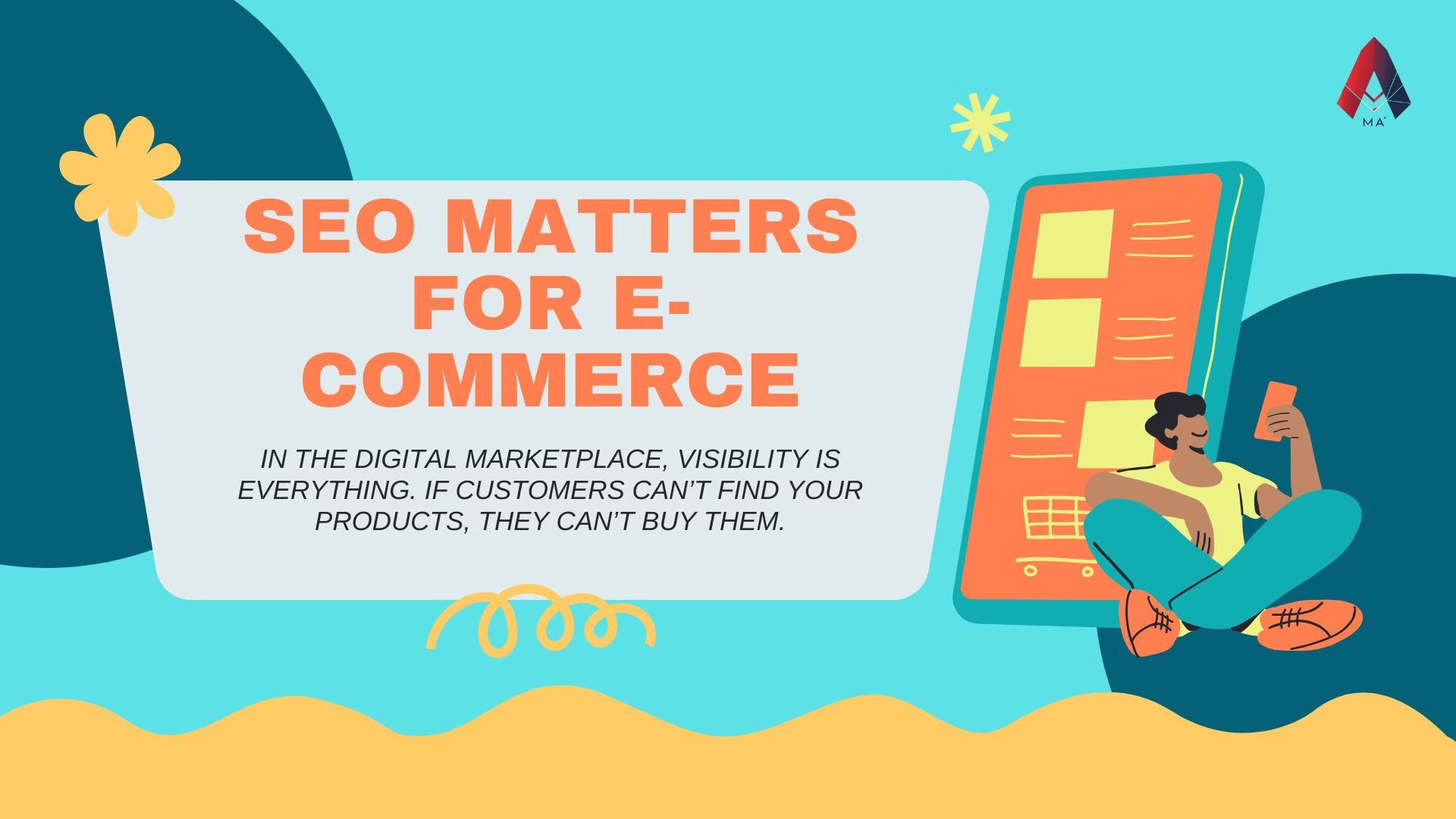
Organic Traffic = Free, High-Intent Visitors
SEO generates long-term traffic without the pay-per-click price tag The people who find you through search are already looking for what you offer. That makes them more likely to convert. It’s long-term, cost-effective growth.
Search Visibility Builds Brand Credibility
When your site shows up high in search results, customers trust you more. It signals legitimacy. Being buried on page two or three? Might as well not exist. SEO gives you presence—and presence builds authority.
Most Shopping Journeys Start with a Search
Whether it’s Google, Amazon, or Bing, most e-commerce purchases begin with a search query. If your product pages aren’t optimized, you’re invisible at the most critical point in the buying journey.
SEO Improves User Experience
A well-optimized site loads fast, works on mobile, and is easy to navigate—all things Google likes, and users demand. Good SEO isn’t just for algorithms—it’s for real people. That leads to lower bounce rates and higher conversion rates.
It Outlasts Paid Advertising
Paid campaigns stop when the budget runs out. SEO keeps delivering traffic month after month, even if you don’t pay another dime. It’s an asset, not a cost center.
It Drives Every Stage of the Funnel
From top-of-funnel awareness (blog content, guides) to bottom-of-funnel action (product pages, reviews), SEO helps you reach customers at every point in their decision-making process.
Your Competitors Are Doing It
If you’re not investing in SEO, your competitors are. And they’re capturing customers you’re missing. Standing still online is the same as falling behind.
2.Technical SEO Foundation
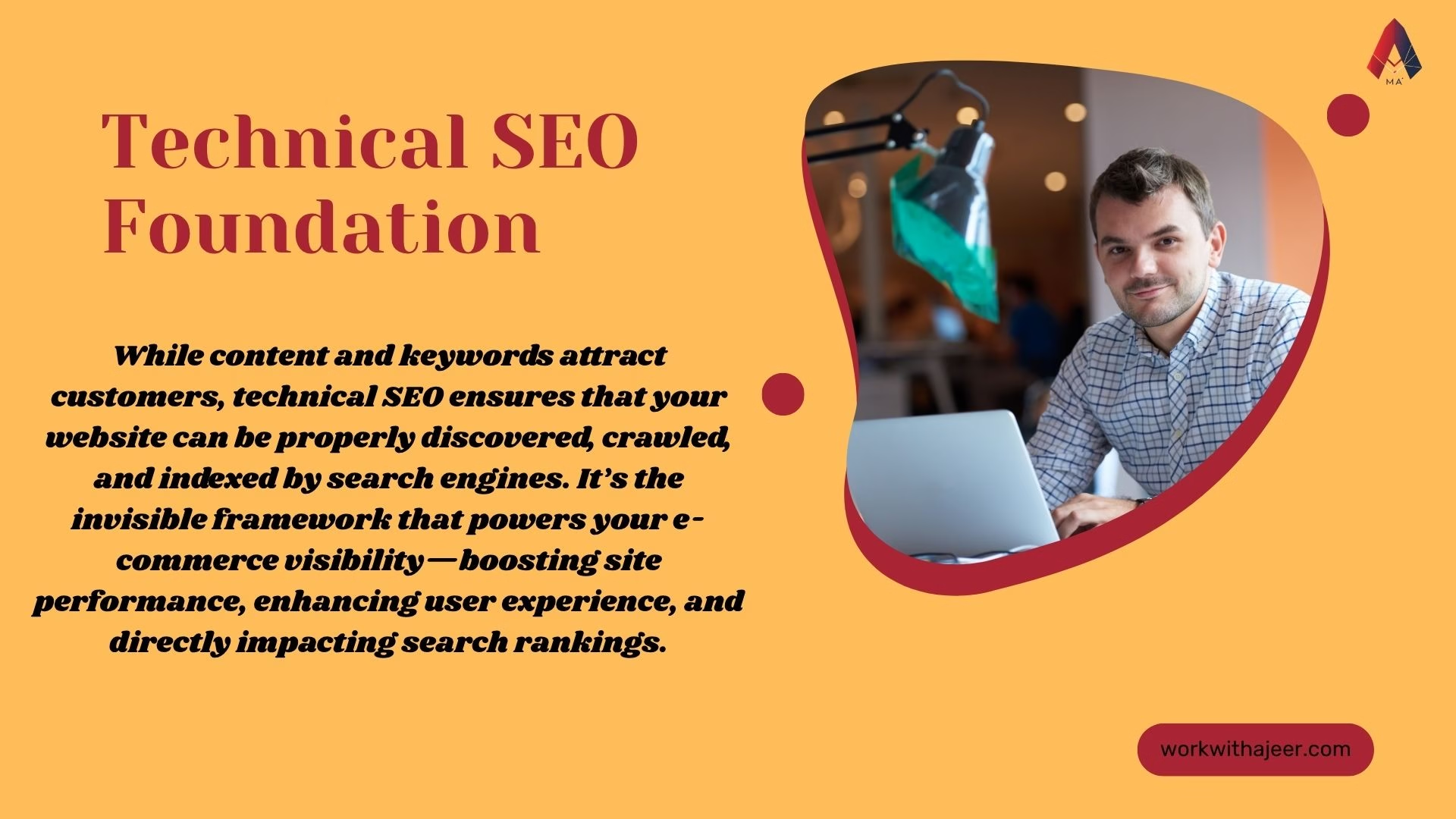
Crawlability & Indexation
Goal: Make sure search engines can find and understand your pages.
XML Sitemap: Keep it clean, updated, and submitted to Google Search Console.
Robots.txt: Don’t accidentally block important pages.
Noindex Tags: Use precisely—on purpose, not by mistake.
Canonical Tags: Prevent duplicate content from hurting rankings (especially with product variations and filters).
Site Architecture & Internal Linking
Goal: Help users and crawlers navigate efficiently.
Flat Architecture: Every page should be reachable in 3 clicks or fewer.
Logical URL Structure: e.g., /category/product-name, not /123abc?p=789.
Breadcrumbs: Support navigation and reinforce hierarchy.
Internal Linking: Connect relevant pages to distribute link equity and guide users.
Page Speed & Core Web Vitals
Goal: Load fast, run smooth—especially on mobile.
Optimize Images: Use WebP, lazy loading, and compression.
Minify CSS/JS/HTML: Reduce file size and clutter.
Use a CDN: Deliver content faster across regions.
Mobile Performance: Most shopping happens on phones—optimize accordingly.
Mobile-Friendliness
Goal: Ensure full usability on all screen sizes.
Responsive Design: Your site should adapt, not shrink.
Tap Targets & Font Size: Avoid tiny buttons or unreadable text.
Mobile Usability Report: Check Google Search Console for issues.
Secure, Accessible Site (HTTPS & More)
Goal: Build trust and meet modern search standards.
HTTPS: SSL is a ranking factor and customer expectation.
Clean URL Parameters: Avoid excessive query strings.
Structured Data (Schema): Help search engines understand your product info—price, availability, ratings.
Fix Broken Stuff
Goal: Maintain a healthy, error-free site.
404 Errors: Monitor and fix broken links.
Duplicate Content: Consolidate or rewrite to avoid cannibalizing rankings.
Core Tools for Monitoring & Fixes
Google Search Console
Google Analytics
Screaming Frog / Sitebulb
Ahrefs / Semrush (for deeper audits)
3.Keyword Research: Buyer Intent is King
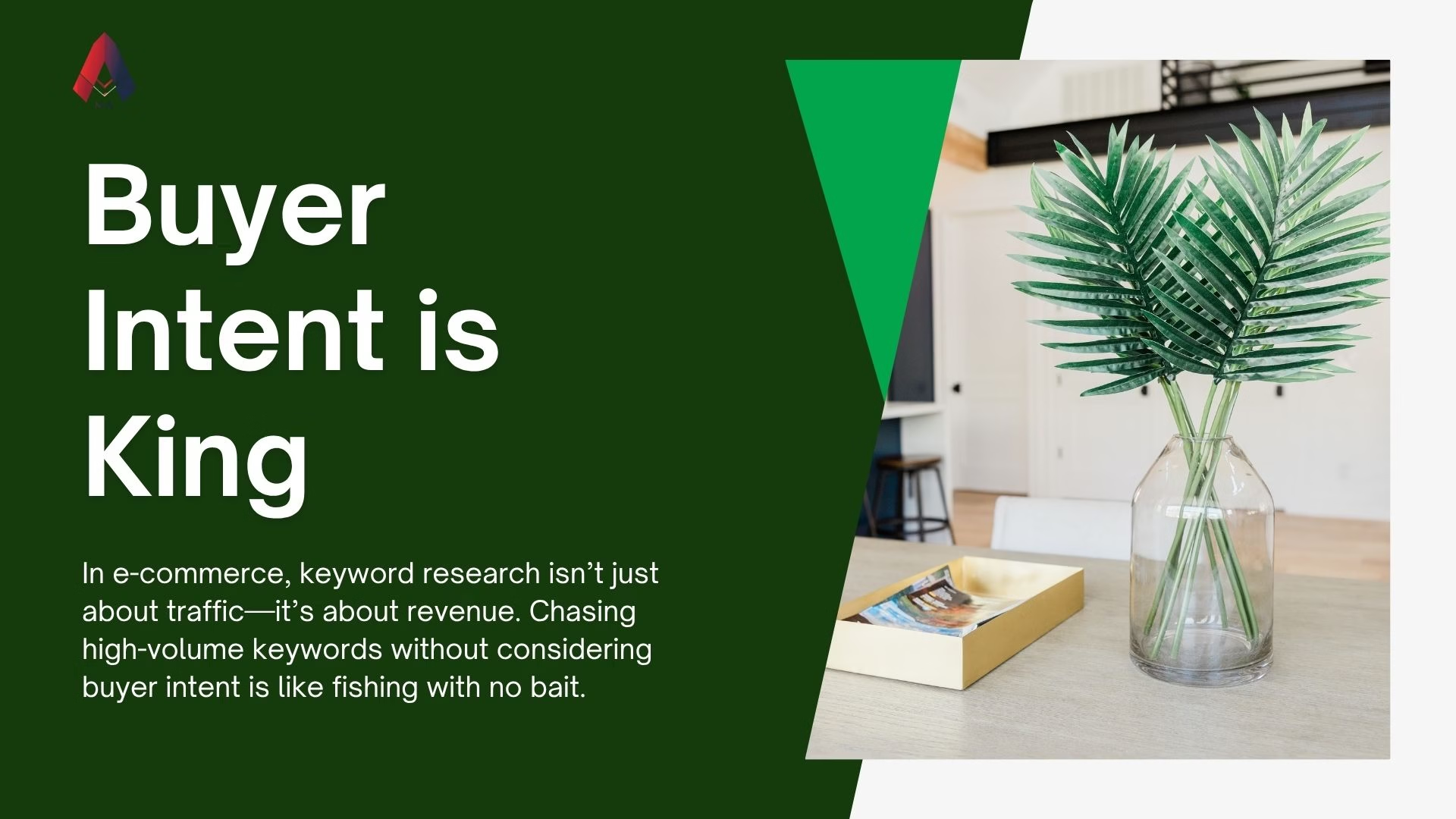
What Is Buyer Intent?
Buyer intent reflects how close someone is to making a purchase when they search. Keywords fall into different intent stages:
Comparative: “Nike vs Adidas running shoes”
Transactional: “Buy Nike Air Zoom Pegasus 40 size 10”
How to Identify Buyer-Intent Keywords
Look for Action Words:
Buy, order, discount, free shipping, deal, review, top-rated, return policy
Include Product Details:
Model numbers, colors, sizes, SKUs, long-tail attributes
Use Your Site Search Data:
What are users typing once they’re on your site? That’s gold.
Mine Google Autocomplete and “People Also Ask”
Use Tools Like:
Semrush / Ahrefs
Google Keyword Planner
Ubersuggest
AnswerThePublic
Organize by Funnel Stage
Blog / Guide Content (Top of Funnel):
“How to choose the right gaming laptop”
Category Pages (Mid-Funnel):
“Best gaming laptops under $1500”
Product Pages (Bottom Funnel):
ASUS ROG Strix G17 with 16GB RAM and 1TB SSD – Available Now”
4.On-Page SEO for Product & Category Pages
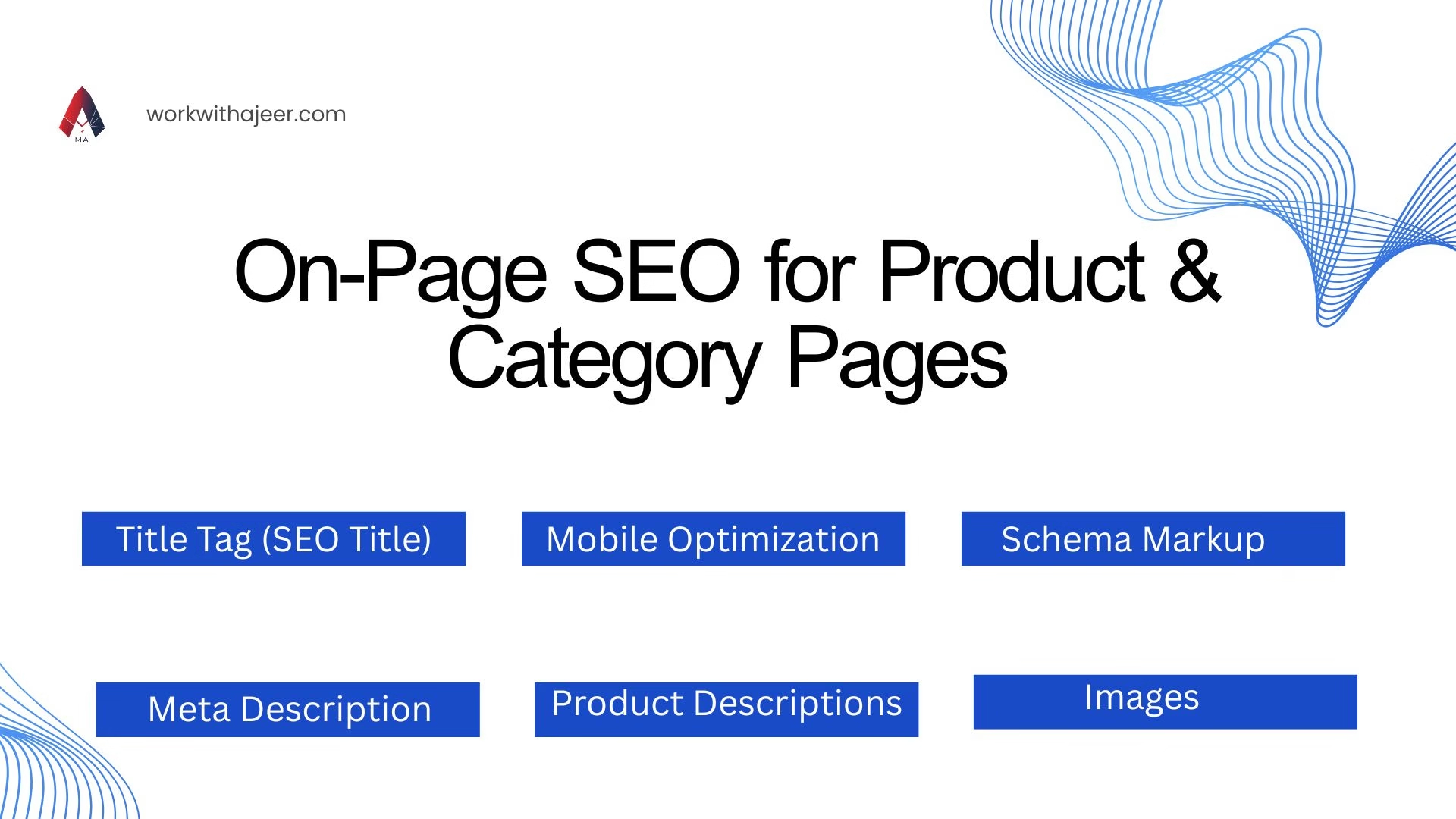
Keyword Targeting (with Intent in Mind)
Primary Keyword: Target one high-intent keyword per page (e.g., “waterproof trail running shoes”).
Secondary Keywords: Include variations, modifiers (e.g., “men’s waterproof running shoes,” “trail shoes waterproof”).
Long-Tail Phrases: Sprinkle in buyer-specific phrases (size, color, brand).
Title Tag (SEO Title)
Keep it under 60 characters.
Include your primary keyword near the front.
Add compelling hooks: free shipping, limited offer, brand name.
Meta Description
Keep it under 155 characters.
Use keywords + a clear value proposition.
Make it clickable, like an ad.
Use one H1—usually the product or category name.
Break up content with H2s and H3s: product details, reviews, shipping info.
Use semantic relevance, not keyword repetition.
Product Descriptions (Original & Useful)
No copy-paste from manufacturers.
Focus on benefits, not just features.
Include keywords, synonyms, and unique details: sizing info, use cases, customer pain points.
Bullets for specs
Short paragraphs
Highlight key info in bold
Images (Optimized for SEO & UX)
Descriptive filenames: mens-waterproof-running-shoes.jpg
Alt text: Describe the image using relevant keywords.
Use multiple angles, zooms, lifestyle shots.
Keep image sizes compressed for speed.
Cross-link to related products, guides, or FAQs.
Add breadcrumbs for easy navigation and SEO context.
Schema Markup (Structured Data)
Use Product Schema to add:
Name
Price
Availability
Ratings
Reviews
SKU
Mobile Optimization
Ensure text, images, and CTAs look sharp and work smoothly on phones.
No horizontal scrolling or tiny buttons.
5.Content Marketing for E-Commerce
Content That Drives Sales (Not Just Traffic)
Skip the fluff. Every piece of content should support your business goals. Focus on:
Problem-solving content:
Product-led content:
“Top 5 waterproof jackets for fall 2025”
(featuring your products)
Comparison content:
Why Choose [Your Brand] Over the Others?
Buying guides:
“What size mountain bike do I need?”
FAQ-driven articles:
Based on real customer concerns
Attract with SEO-Driven Blog Posts
Use keyword research to guide content topics that match search intent:
Top of funnel:
“What to pack for a 3-day hike”
Mid funnel:
“Best hiking boots under $150”
Bottom funnel:
“Buy Merrell Moab 3 waterproof boots – size guide & fit review”
Lean Into Visual & Video Content
Short demo videos of how products work
User-generated content (customer photos, unboxings)
Reels/TikToks/YT Shorts for quick product use-cases
Visual storytelling: before-and-after shots, style guides, etc.
Build a Content Hub Around Your Niche
If you sell fitness gear, build the go-to resource on training, nutrition, recovery, etc.
If you sell cookware, create a recipe + kitchen tips section.
Why it works: It positions your brand as an authority and keeps shoppers in your ecosystem longer.
Use Content to Power Email Marketing
Weekly roundups of new guides or product highlights
Educational drip campaigns post-signup
“Back-in-stock” or “How to use your new product” emails
6.Link Building Strategies That Work
Links are still a major ranking factor. But quality matters more than quantity.
Guest Blogging: Publish on high-authority sites in your niche.
Affiliate Programs: Partners will often link back to your site.
Broken Link Building: Find dead links on relevant sites and offer your page as a replacement.
Create Linkable Assets: Industry reports, infographics, data-driven studies.
7.Mobile & UX Optimization
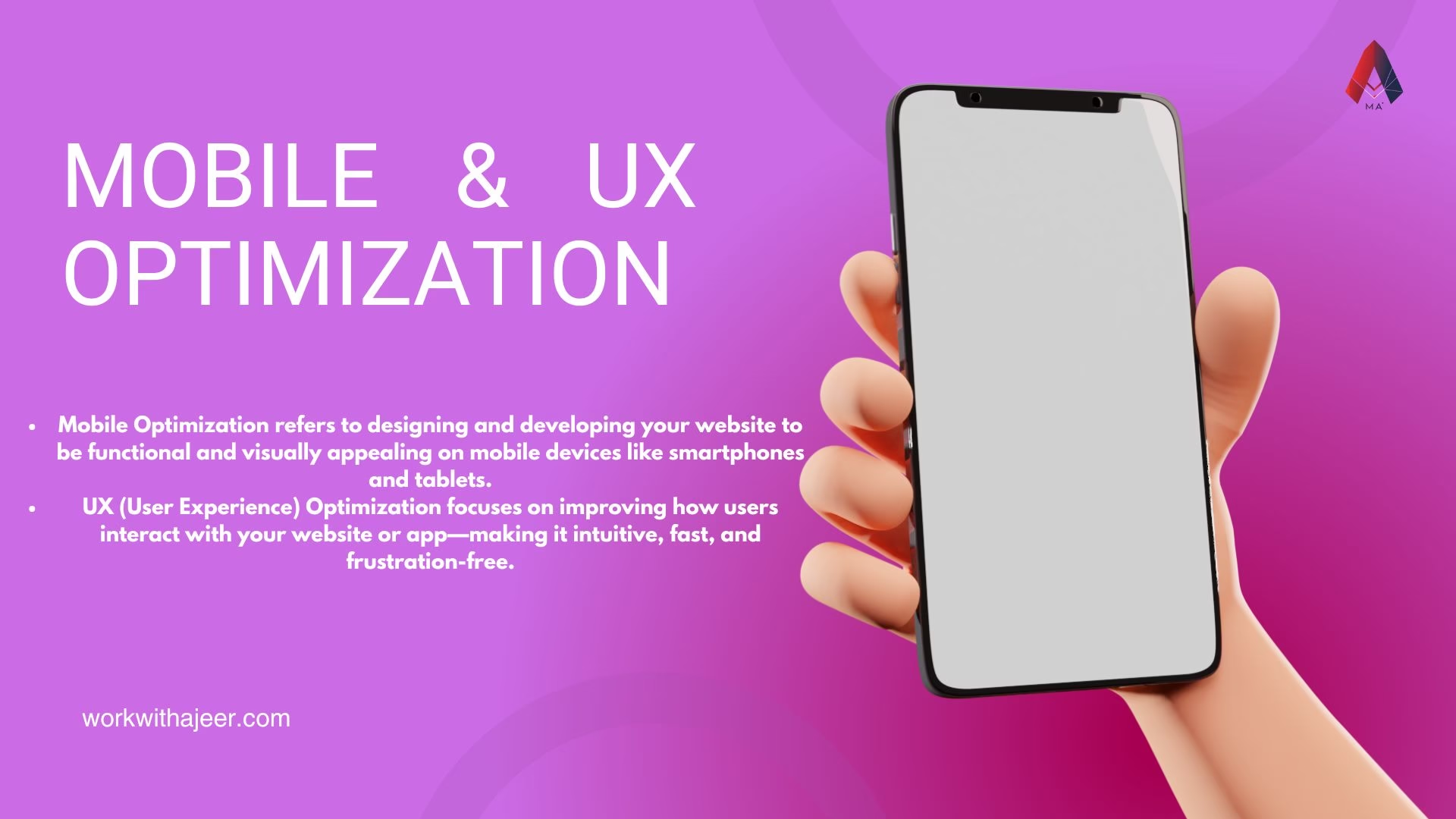
Mobile-First Design, Always
Responsive layout: Your site should adapt, not shrink.
Thumb-friendly navigation: Buttons should be big enough, spaced out, and easy to tap.
Sticky CTAs: Keep “Add to Cart” or “Buy Now” buttons always visible.
No pinch-zooming: Everything should be readable and functional by default.
Speed = Sales
Target load time: Under 3 seconds (ideally under 2).
Compress images: Use next-gen formats (like WebP).
Lazy load content: Load images and scripts only when needed.
Use a CDN: Serve content faster by region.
Clean, Focused UI
Prioritize product visuals: Clear, high-quality images with zoom.
Avoid clutter: Too much info or too many pop-ups kill conversions.
One CTA per screen: Keep the focus tight—don’t distract.
Readable text: Minimum 16px font size. High contrast for readability.
Frictionless Checkout
Guest checkout option: Don’t force account creation.
Auto-fill & one-tap payment: Enable Apple Pay, Google Pay, etc.
Short forms: Only ask for what’s necessary.
Faceted filters and sort options should be collapsible and usable.
Search bar: Prominent and auto-suggest enabled.
8.Measuring SEO Success
Organic Traffic (But Not Just Pageviews)
Track total organic sessions month over month.
Segment by landing page to see which pages are pulling traffic.
Use platforms such as Google Analytics and Search Console to understand how your site is performing.
Keyword Rankings (Track the Right Terms)
Monitor your high-intent, revenue-driving keywords.
Focus on:
Category keywords (“women’s trail running shoes”)
Product keywords (“ASICS Gel-Nimbus 26 black”)
Question-based keywords (“how to clean white sneakers”)
Use tools like:
Ahrefs
Semrush
Google Search Console (Performance report)
Organic Revenue & Conversions
The real question: Is SEO making you money?
Set up E-commerce Tracking in Google Analytics or GA4.
Track:
Revenue from organic search
Conversion rate from organic traffic
Average order value (AOV)
Conversion Rate from Organic Search
What percentage of search visitors buy?
Compare this to other channels (paid, social, email).
Use this to spot:
High-traffic pages with low conversions → content or UX problem.
High-converting pages → replicate what’s working.
Backlink Profile
More than just quantity—look for quality and relevance.
Track:
Number of referring domains
Domain authority/trust flow
Anchor text diversity
9.Common Mistakes to Avoid
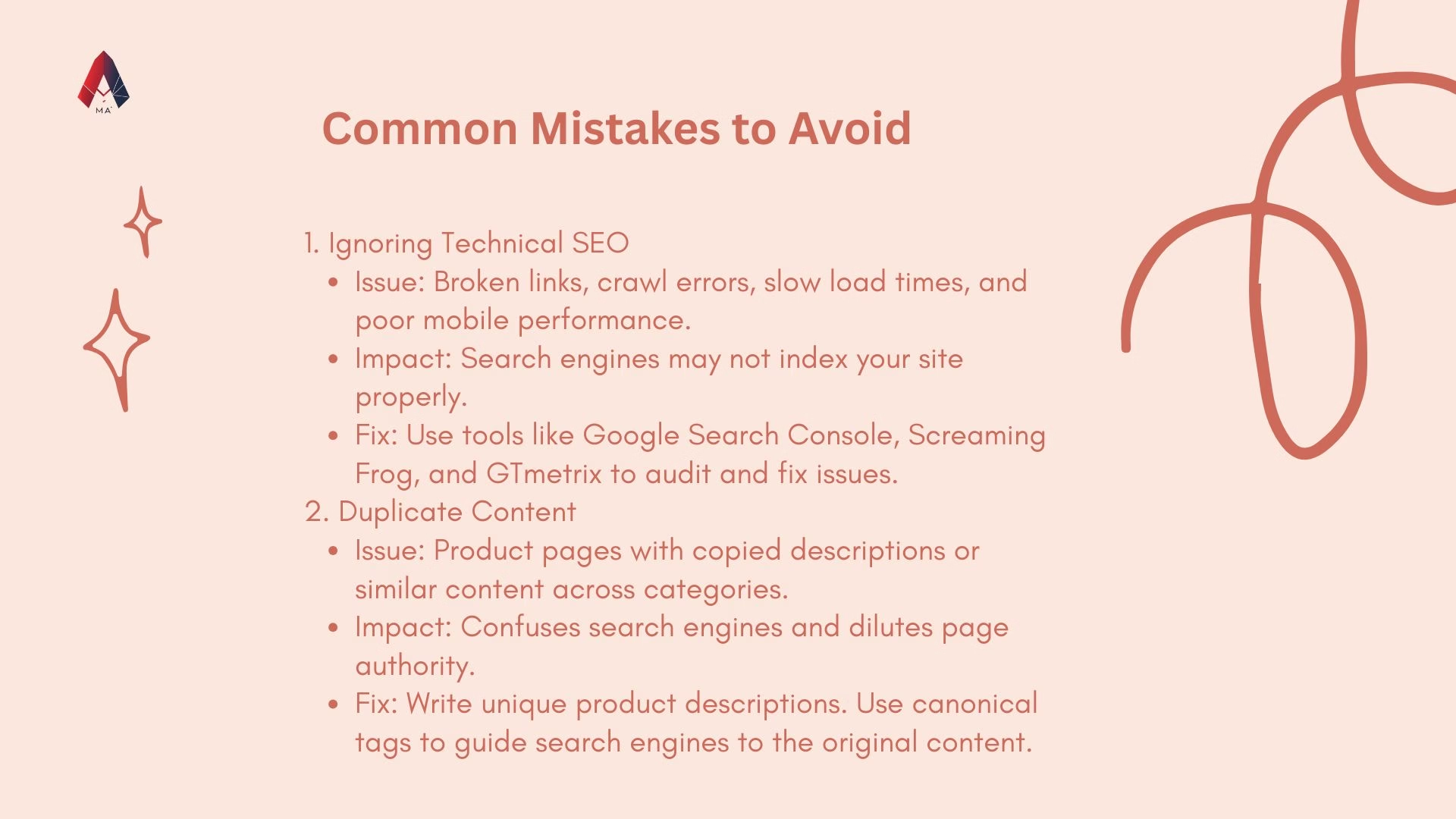
Thin Content: Don’t neglect category pages. Add useful text, FAQs, filters.
Ignoring Mobile SEO: A slow, unresponsive site will tank your rankings.
Duplicate Titles & Meta Tags: Audit regularly to prevent this.
Over-Optimizing Keywords: Don’t keyword stuff. Write naturally.
Not Using Structured Data: Schema markup improves CTR and helps search engines.
Forgetting about Site Architecture: Flat, well-linked structures help both users and bots.
10. Final Thoughts
SEO for E-Commerce isn’t a one-time fix. It’s a strategic, ongoing process that blends technical precision with creative marketing. The goal isn’t just to get traffic—it’s to get qualified buyers who convert.
If you build your SEO efforts around user intent, provide a seamless experience, and stay consistent, your store won’t just show up in search—it will dominate it.

